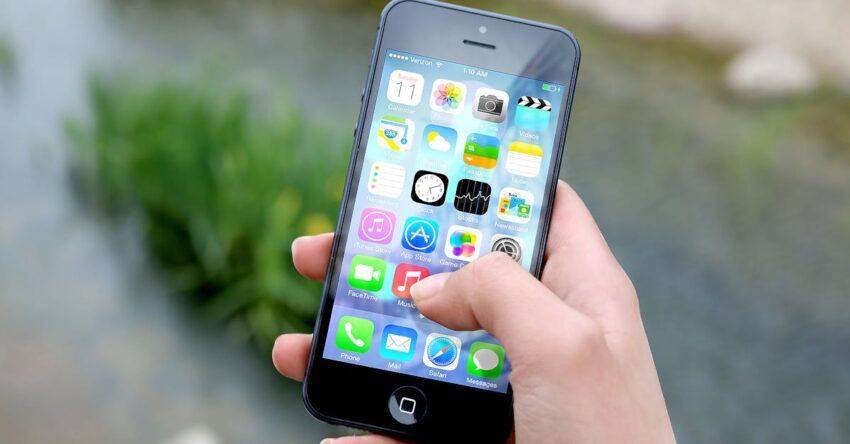Oh no! Your trusty iPhone took an unexpected dive into the water. Whether it was a splash at the beach or a dunk in the sink, dealing with iPhone water damage can feel like watching your favorite TV character teeter at the edge of a cliff. But don’t panic just yet. There are ways to bring your phone back to life, even when it seems like it’s auditioning for a role in Titanic 2. You might have heard of tricks like drying your iPhone in rice. However, there are more effective strategies that can help you rescue your beloved device.
Exploring options for water damage repair can make a world of difference. From moisture detection to tackling corrosion with isopropyl alcohol, these iPhone repair tips could save you from those long waits at the Apple service center. And the best part? Many of these solutions are quick, easy, and surprisingly effective. But before you grab that hairdryer or try to boil your phone, you need to know what really works and what doesn’t. And let’s face it, you’d rather not end up with an expensive paperweight.
Curious to find out how you can transform your underwater phone adventure into a story with a happy ending? Dive into the next sections for actionable steps and practical advice on saving your iPhone. Your phone and your wallet will thank you later!

Within the story
iPhone Water Damage: Immediate Actions
Turn Off and Unplug Your Phone
When your iPhone takes a dip, the first thing you need to do is turn it off and unplug any cables. This simple step can help prevent further iPhone liquid damage by stopping any electrical currents that might cause short circuits. Remember, keeping your phone on can make damage worse.
Drying iPhone: The Right Techniques
After turning off your phone, it’s time to dry it. Use a soft cloth or tissue to gently dab the exterior. Make sure not to shake your iPhone as this might push water further inside. For better results, you can use an absorbent cloth to soak up any visible moisture. But always be gentle to avoid pushing water into the phone’s delicate parts. Air drying is another safe method; just leave your phone in a cool, dry area and allow time to do its magic.
Avoid Common Myths
You’ve probably heard of putting your wet phone in rice. However, this is not a recommended method for water damage repair. Rice doesn’t effectively dry out your phone and might even leave dust or residue inside. And who wants that? It’s better to stick with tried and true methods like using a soft cloth or allowing air drying.

Photo provided by Dante Muñoz on Pexels
Assessing iPhone Liquid Damage
Check for Moisture Detection Indicators
Every iPhone comes with moisture detection indicators. You can usually find these in the SIM card slot or other openings. Check for color changes in the indicator; a red or pink hue means your iPhone has been exposed to moisture. Recognizing these signs of water damage early can help you decide your next steps.
When to Seek Professional Help
If you notice serious issues—like the screen not turning on or weird sounds—it’s time to contact professionals. For severe iPhone liquid damage issues, experts have the tools to perform detailed diagnostics and repairs. They can assess whether parts need replacing or if cleaning methods will suffice. It may cost a bit, but it’s worth ensuring your device gets the attention it needs.
iPhone Repair Tips for 2025
Technology keeps improving, and so do repair methods. For iPhone Repair Tips in 2025, consider new tools developed for more efficient drying iPhone techniques. There are now special vacuum devices that can help suck out moisture. If you prefer doing some repairs yourself, invest in a small toolkit designed for mobile repairs. These kits often have screwdrivers, suction cups, and even specialized tools to open the phone without damage.
Take Charge of Your iPhone’s Recovery
You’ve learned how effective methods can help protect your iPhone from unexpected water exposure. Acting quickly can save you time and stress. By understanding the signs of liquid exposure, you can better detect and respond to issues, ensuring your device stays functional. Stay informed and ready to tackle any challenges with confidence.
Now, take proactive steps to ensure your iPhone’s safety. First, gather the necessary tools like absorbent cloths and isopropyl alcohol. Keep these on hand for potential issues. If your phone encounters liquid, power it off immediately, dry it thoroughly, and check for any visible signs of damage. Consider reaching out to an Apple service center for professional advice if needed.
Take control by preparing for future incidents. Stay vigilant and responsive, ensuring your iPhone remains in top condition. Protect your investment, and remember, you’re not alone—there’s always expert help available when needed. Let’s keep your device safe and sound together.
